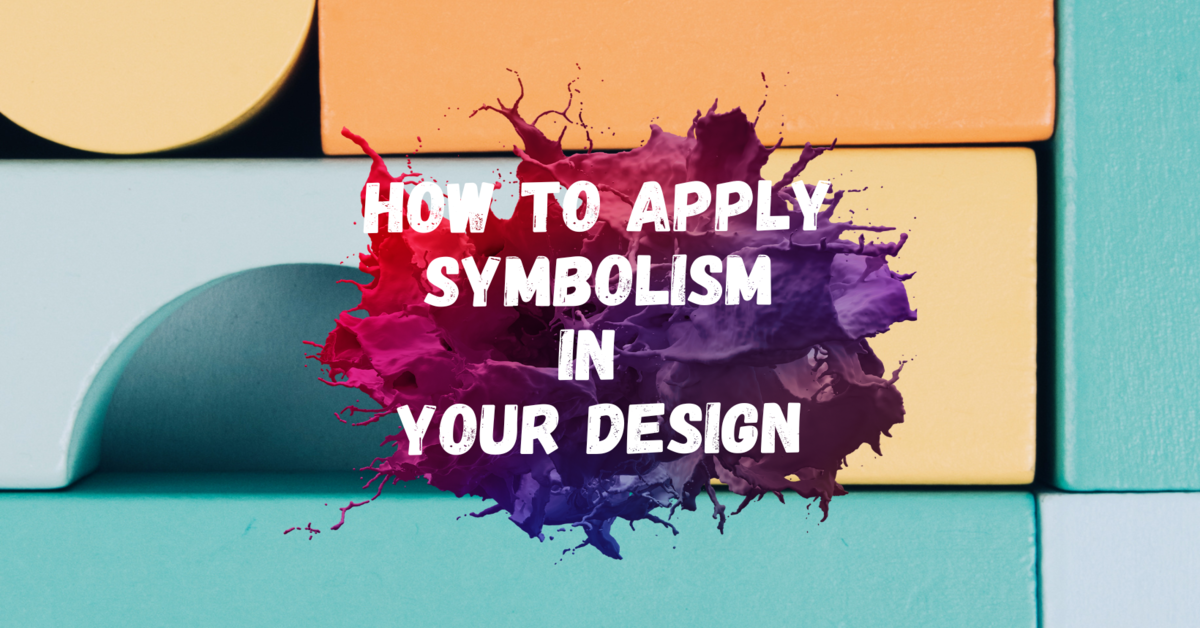Symbolism is an essential part of design, as it can help communicate a message in a powerful and meaningful way. Symbols are a universal language that can be used to evoke emotion, tell a story, and even create a lasting impression with viewers. In this article, we will discuss the importance of symbolism and how to apply it to your design work. We will cover topics such as the types of symbols available, why they are important, and how to use them effectively. By the end of this article, you should have a better understanding of how to use symbolism to create a powerful and meaningful design

What is Symbolism?
Symbols are visual images or objects that are used to represent an abstract concept or idea. Symbols can be used to evoke a certain emotion, to create a narrative or to represent a concept or message. Symbols can add a layer of meaning to a design, and can be used to create a deeper visual connection with the audience.
- A circle can represent unity or eternity.
- A triangle can represent stability.
- A star can represent ambition or hope.
- A heart can represent love or friendship.
- An hourglass can be used to represent the passage of time.
- A ladder can represent progress or growth.
Why is it Important?
Symbolism is an important element in design because it helps to add visual interest and create a strong connection between the designer and the viewer. Other than that, symbols can be used to express a message or create an emotional response in the viewer. A designer can also use symbols to create a visual hierarchy and draw the eye to the most important elements of the design. In addition, Symbols can also be used to add a sense of depth and layering to a design. Through the use of symbols, a designer can create a story that resonates with the viewer and creates a powerful emotional connection. There are many types of symbols you can browse them through here.

How to Use ?
First, before applying symbolism in design, it’s important to understand what the symbol represents and how it might be interpreted. Consider the type of audience you are targeting and the message you want to convey.
Second, Once you’ve identified the symbol and its meaning, you can then decide how to incorporate it into your design. This could be through color, shape, typography, or even the use of imagery.
Third, Determine whether the symbolism is effective. Ask yourself if you have successfully conveyed the message or concept to your intended audience. If the symbols or icons do not effectively convey the message or concept, consider replacing them with different symbols or reworking the design to better reflect the message.
Conclusion
Symbolism can be a powerful tool to communicate with the audience and create a meaningful visual experience. When used carefully and thoughtfully, symbolism can help you create an engaging design that resonates with the audience and speaks to their values. With a little bit of creativity, symbolism can be applied in a variety of ways to create an impactful design that stands out from the rest. Do you know about minimalism? Check it at Artmeet.

